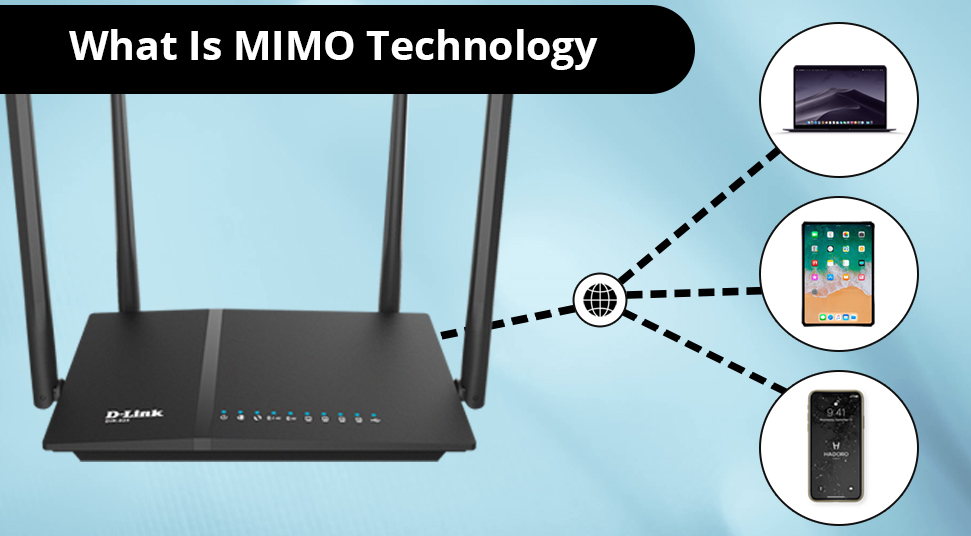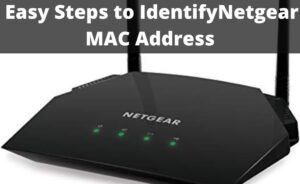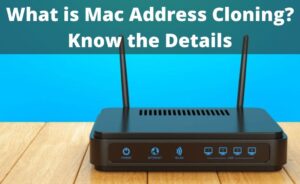MIMO is the acronym for Multiple Input and Multiple Output and this technology is quite popular in modern routers. It is the process of coordination with more than one antennas in your router, which is used for wireless communication.
You can use this type of routers to set up a home network also. MIMO routers enhance the performance of the network to which it is connected, compared to the single antenna routers.
We are here to provide you all the necessary details to make you understand the MIMO technology. So you need to go through every detail carefully.
Details of MIMO Technology
Let’s dive into the various aspects of Multiple Input and Multiple Output technology. It will be helpful for you to understand the technology as well as use the routers based on MIMO.
Working with MIMO
The WiFi routers that are using MIMO technology generally uses the same networking protocols as used by non-MIMO technology devices. The MIMO routers deliver a high performance so that you can download, upload, and stream data with ease.
It can set up and gather the data traffic transferred between more that one network client and also the WiFi devices. MIMO also helps to re-assemble the network data you stream with the help of computers and mobile devices into single messages.
WiFi Networks with MIMO Technology
Wireless Fidelity that includes MIMO technology makes use of the IEEE 802.11n protocol. The routers that have MIMO are using three or four antennas compared to the old fashioned routers.
If your WiFi networks support MIMO, then you must include routers that will include the MIMO feature to establish a secure connection. This will allow you to take advantage of this technology and use its benefits.
Note: We advise you to go through the user manual of various router models that are capable of supporting MIMO.
Types of MIMO Networks
There are two main types of MIMO networks currently in use. They are Single User MIMO (SU-MIMO) and Multiple User MIMO (MU-MIMO). There is also a basic MIMO, which collaborates and communicates with only one client device.
The SU-MIMO helps you to connect and transfer data by enabling each antenna of your WiFi router to all the client networks and devices.
Now coming to the MU-MIMO, which works on the 5GHz band, it utilizes the IEEE 801.11ac protocol WiFi network. Hence, with this technology, the routers can manage client networks parallelly.
Whereas the SU-MIMO works with the types of routers that manage the client network serial wise.
Limitations of MU-MIMO
There are also certain limitations of MU-MIMO that you must know. They are as follows.
- MU-MIMO transfers data traffic only in a half-duplex way, which is from router to the client.
- It only supports a minimum number of clients that are active in the router.
Usually, the number of clients appears between two and four, which also depends upon the particular hardware and configuration of the router.
MIMO in Mobile Networks
Nowadays, service providers are using MIMO in 4G and 5G wireless cellular networks. But, their services are mainly divided into various classifications, which are as follows.
- Network MIMO– In other words, it is also known and cooperative MIMO. It generally coordinates the network signals to more than one base station.
- Massive MIMO– The massive MIMO generally uses an enormous number of antennas present in the base station.
- Millimeter-Wave– This type of technology uses bands that are of very high frequency. As the millimeter wave is present largely, it helps you to use the 3G or 4G cellular network.







